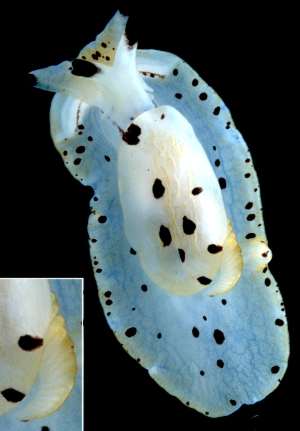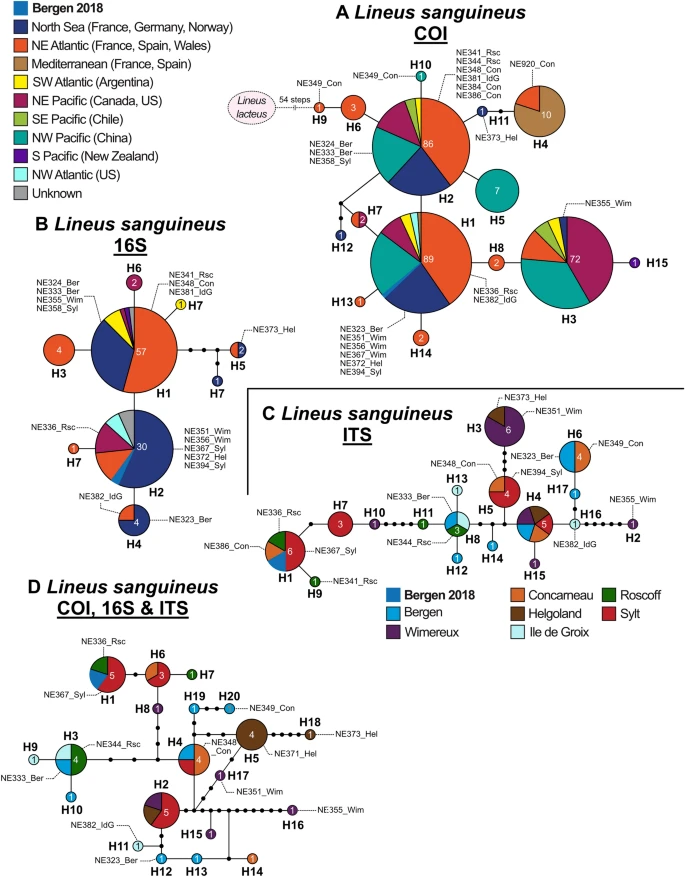by Piter Kehoma Boll
Polycladus gayi is an iconic land planarian found in Chile and locally known as lengua de vaca (cow tongue). Despite being the largest land planarian in Chile and one of the first land planarians to be described, back in 1845, we know almost nothing about its ecology.
However, things are changing! In the past months, two specimens have been found eating in the wild, and, in both cases, the prey was the same species, the giant black snail, Macrocyclis peruvianus, the largest snail in Chile. Both observations occurred in Chilean protected areas, Villarrica National Park and Alerce Costero National Park, and were recorded by nonspecialists visiting the areas. One more important discovery that happened thanks to citizen science!

After almost two centuries since P. gayi was discovered, we finally know something about its place in the food chain! And, of course, it also helps us see M. peruvianus from a new perspective since this also seems to be the first record of one of its predators! Even though snails are a common item in the diet of land planarians, not all species feed on them, and we cannot assume that both groups are always directly connected in the food web.
There is still much more to discover about these two unique Chilean creatures, and the partnership between researchers and the general public is an important way to speed up the process of gathering knowledge about the creatures around us!
Reference:
Boll PK, Lloncón Y, Almendras D (2023) Records of the land planarian Polycladus gayi (Tricladida, Geoplanidae) preying on black snails Macrocyclis peruvianus (Gastropoda, Macrocyclidae). Austral Ecology. https://doi.org/10.1111/aec.13430
* This work is licensed under a Creative Commons Attribution-NonCommercial-ShareAlike 4.0 International License.
This work is licensed under a Creative Commons Attribution-NonCommercial-ShareAlike 4.0 International License.































